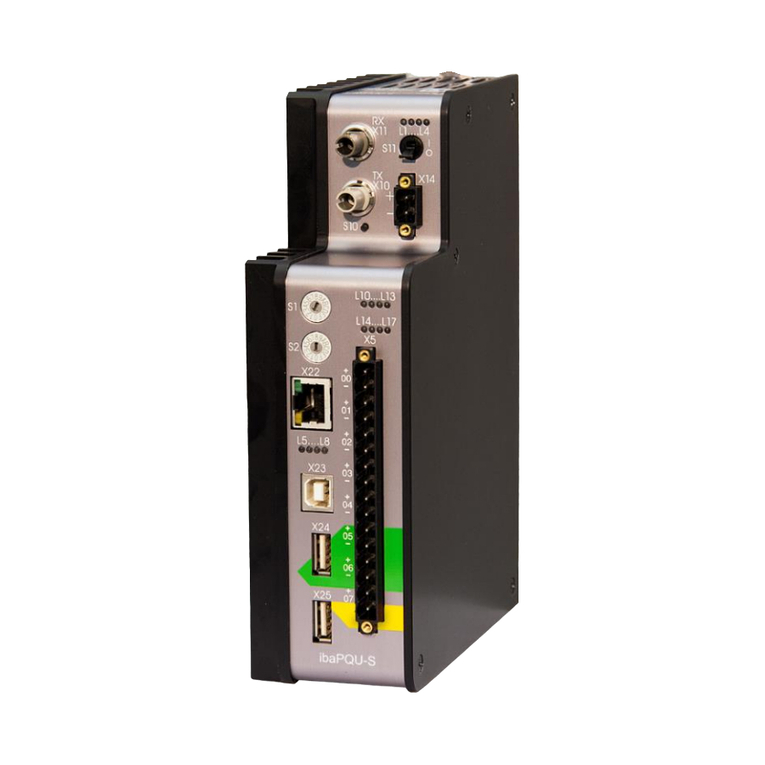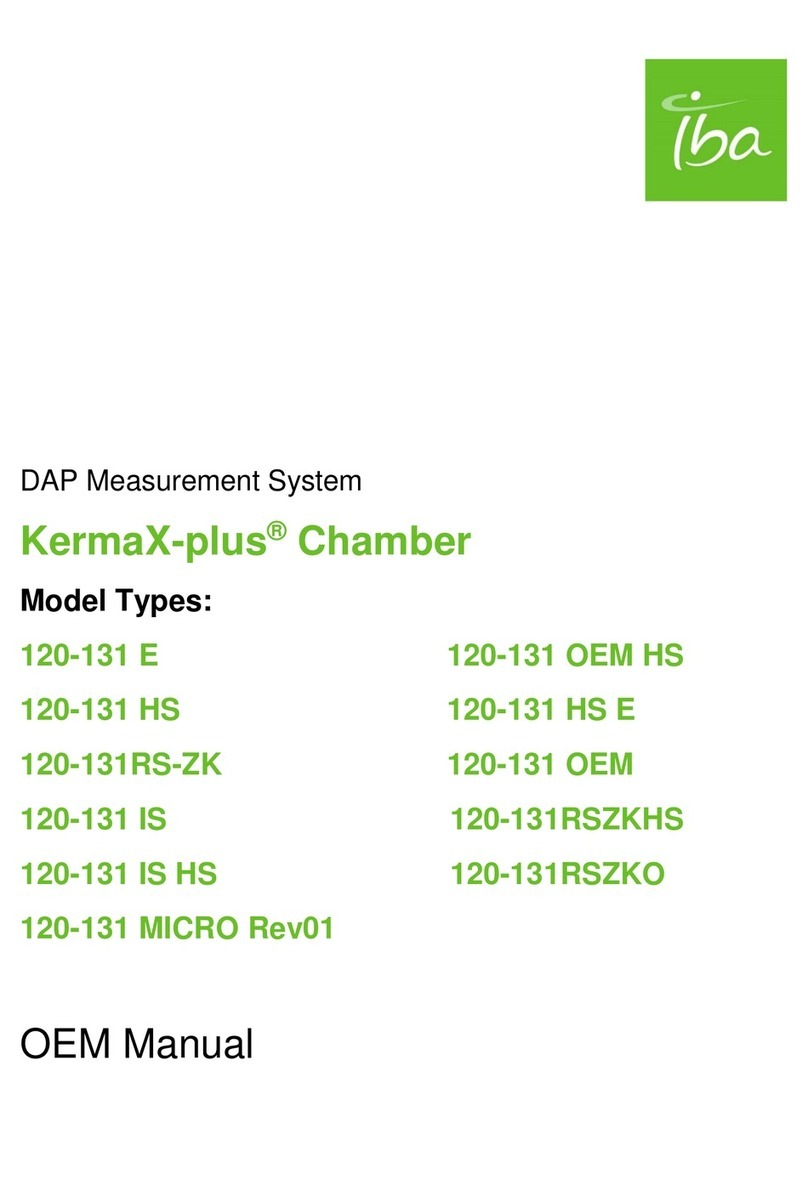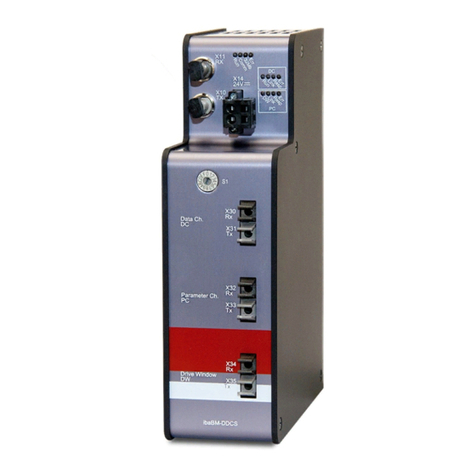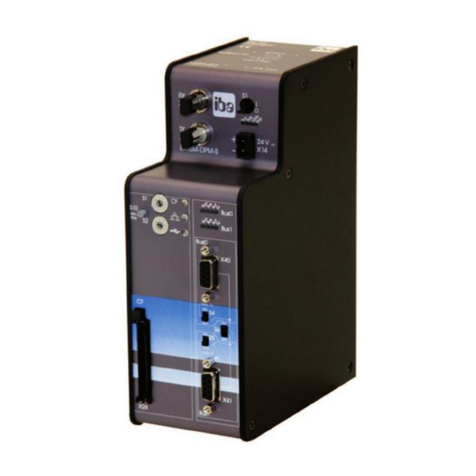
Table of contents
1About this manual ...........................................................................................5
1.1 Target group.................................................................................................. 5
1.2 Notations....................................................................................................... 5
1.3 Used symbols................................................................................................ 6
2Introduction .....................................................................................................7
3Scope of delivery.............................................................................................9
4Safety instructions ........................................................................................10
4.1 Designated use ........................................................................................... 10
4.2 Special safety instructions ........................................................................... 10
5System requirements.................................................................................... 11
5.1 Hardware .....................................................................................................11
5.2 Software.......................................................................................................11
6Mounting and dismounting ..........................................................................12
6.1 Mounting ..................................................................................................... 12
6.2 Dismounting ................................................................................................ 12
7Device description ........................................................................................13
7.1 Device view ................................................................................................. 13
7.2 Indicating elements ..................................................................................... 14
7.3 Operating elements, connections ................................................................ 15
7.3.1 FO connections X10 (TX) and X11 (RX)...................................................... 15
7.3.2 Voltage supply X14...................................................................................... 15
7.3.3 Push button S10.......................................................................................... 15
7.3.4 Rotary switch S2 ......................................................................................... 16
7.3.5 PROFINET interfaces X40 (Device 0) and X41 (Device 1) .......................... 16
7.3.6 TAP interface X42 ....................................................................................... 16
7.3.7 Service interface X12 .................................................................................. 16
7.3.8 Monitor interface X13 .................................................................................. 16
7.3.9 Shield connector X29 .................................................................................. 16
8System integration........................................................................................17
8.1 Data acquisition with 1 device ..................................................................... 17
8.2 Data acquisition with 2 devices ................................................................... 17
8.3 Data acquisition as shared device ............................................................... 18
8.4 Data acquisition with TAP / Sniffer............................................................... 19
8.5 Media Redundancy Protocol (MRP) ............................................................ 19
8.6 Data acquisition in mixed operation............................................................. 20
8.7 Data acquisition at SINAMICS Link ............................................................. 20
8.7.1 2 or more SINAMICS Link participants ........................................................ 20
8.7.2 1 SINAMICS Link participant ....................................................................... 21
8.8 Data acquisition on redundant PROFINET .................................................. 21
8.9 32Mbit Flex protocol and ibaFOB-D network ............................................... 22
8.9.1 Data amount and sampling rate................................................................... 22
8.9.2 Ring topology .............................................................................................. 23
































